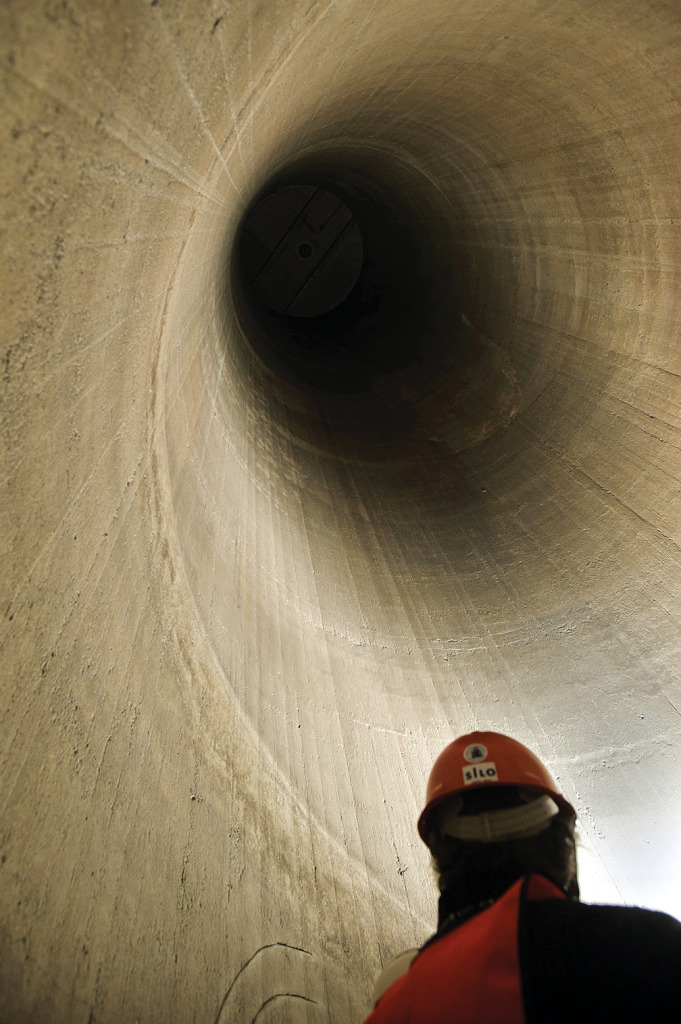AGENCE FRANCE-PRESSE
On Cape Town’s waterfront at the southern tip of Africa, the world’s biggest museum of contemporary art from across the continent is being carved from a conglomeration of concrete tubes nine stories high.
The $50 million project to transform the grim functionality of 42 unused colonial grain silos into an ultramodern tribute to African creativity is driven by an international team of art experts and architects.
For Mark Coetzee, executive director of the Zeitz Museum of Contemporary Art Africa, the project is the fulfilment of a pledge he made to himself a quarter century ago.
“It has been my life dream to build a contemporary art museum in Africa,” said the South African-born former director of the Rubell Family Collection in Miami, United States. “When I left Cape Town 25 years ago, I vowed to return only when I had the skills and the relationships to make this happen.”
For British architect Thomas Heatherwick, whose acclaimed projects include the Olympic Cauldron for the London Games in 2012, it was a stimulating challenge.
“How do you turn 42 vertical concrete tubes into a place to experience contemporary culture?” Heatherwick said. “We could either fight a building made of concrete tubes or enjoy its tube-iness.”
An elliptical section will be hollowed out from the center of the nine-story building to create a grand atrium that will be filled with light from a glass roof overhead, designers say. Some silo chambers will be carved open at ground level to accommodate exhibition galleries; others will house elevators.
This vision is difficult to comprehend on a visit to the construction site on the Victoria and Albert Waterfront where workers are in the early stages of a project due for completion in late 2016.
“There is a growing interest in the visual arts in and from Africa,” Coetzee said. “The market is booming, artists from Africa are included on all the major biennales, major gallerists and collectors include artists from Africa in their focus.”
Apart from a permanent collection, the museum’s 80 galleries will house temporary and traveling exhibitions. The museum will focus on the 21st century, with a collection policy of work from 2000 onward.

